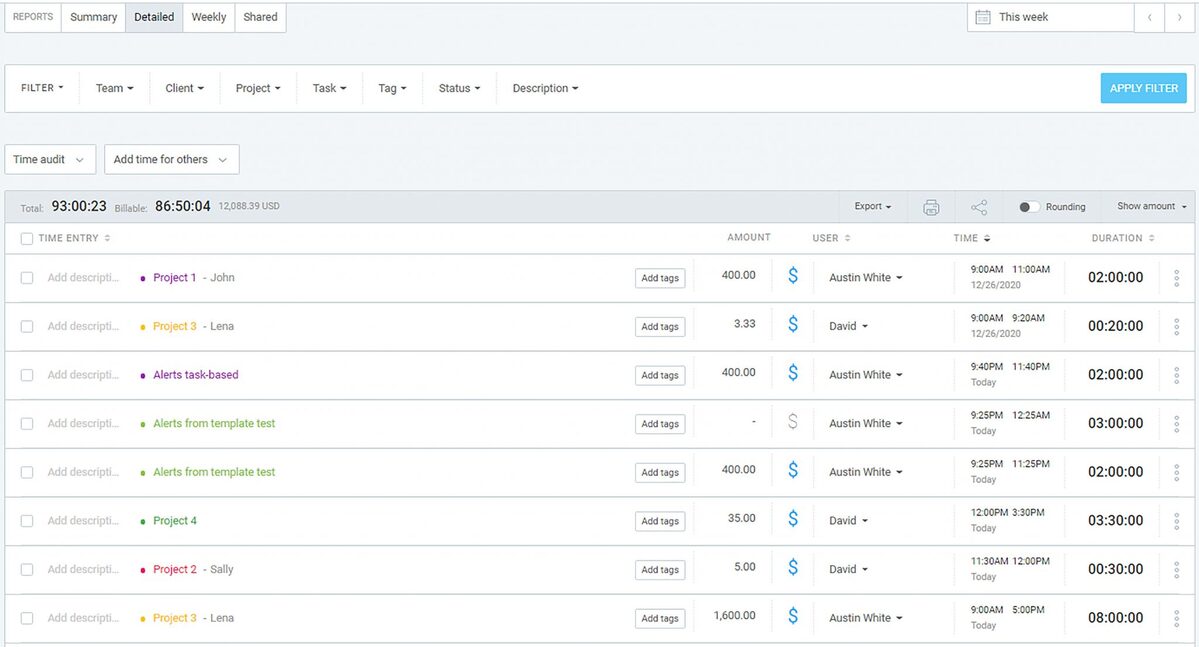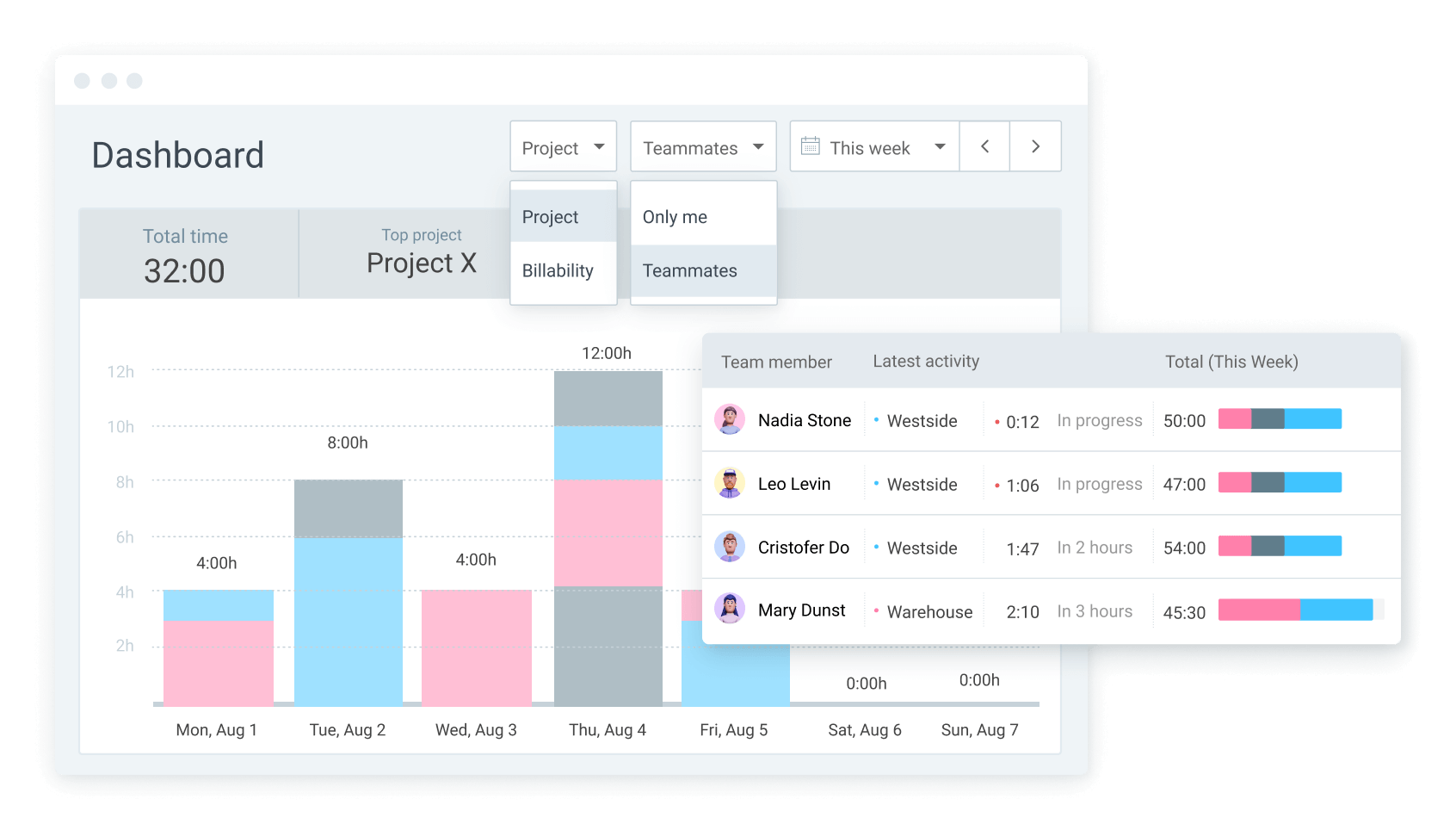This IT Firm Wows Clients With Clear Reports From Clockify
“Clockify is a robust tool that has many plugins, is easy to use, and has great UX.”
– Kamil Osiecki

As the COO of a tech company, Kamil Osiecki knows how hard it is to find quality tech personnel — especially if you need them quickly.
After all, his company Ideamotive helps businesses hire tech talent and build teams that can deliver in a pinch.
How do Kamil and his colleagues manage various in-house teams and their talent pool, all while working remotely?
In Kamil’s words, it’s all about time management. So, we’ve reached out to him to hear how he manages his time effectively with Clockify.
How Clockify helped Kamil and Ideamotive
As Kamil pointed out, IT is a fast-paced industry:

“When a customer needs instant help, we have a couple of hours to react. This is very immersive, addictive, and difficult to manage on time because of work-life balance. But, there are tools that help you out — for instance, Clockify. This is very important for us and it’s the essence of our business.”

Let’s see how Clockify helps Kamil’s team navigate such a challenging niche.
Benefit #1: Better client communication
Clockify gave Ideamotive’s clients detailed information on how the developers they hire spend their logged hours:

”Since Clockify allows me to share detailed reports with clients, they can see exactly how much time I’ve spent on their projects, which makes it easier for them to understand my billing.”

Besides client relations, Clockify reports have also helped Kamil improve his work efficiency:

”The reporting feature has made it easy for me to see where I’m spending the most time, so I can adjust my workflow accordingly.”
Kamil also says that Clockify helped him be more productive and efficient with his time.
✉️ If you’re a Clockify user (or also use Pumble and Plaky, within the CAKE.com Bundle) and you’d like to have your own customer story featured on our blogs, reach out to us at pr@cake.com!
Benefit #2: More transparency in a remote environment
As it turns out, Clockify quickly became the core of Ideamotive’s business precisely because it gave them a clear overview of everybody’s time:

“If we don’t have this oversight and don’t have this transparency, we cannot operate — we cannot calculate our forecasts, view our financial results, or assess whether a developer is above or below budget.”

With Clockify, Kamil and his remote team have more mutual accountability and transparency:

”This transparency is what Clockify delivers, for sure. Without that, we would be blind and deaf, and we could not operate. So it’s very important.”
Benefit #3: More cost efficiency
For Kamil and Ideamotive, Clockify did wonders in terms of cost-efficiency. They could easily track resource allocation and see the ROI on the hours spent on a project:

“On the marketing side, we like to log time to see the effort that has been put into a project and compare that to the results. Sometimes, we use it as an ROI tool or for A/B testing in the business team.”
Since Clockify automatically generates detailed reports based on everyone’s logged time, you can see relevant data in a matter of seconds.

If you enter your employee’s hourly rates and the rates you charge your clients, Clockify’s summary report automatically calculates the profitability of each project. In other words, you’ll always know if you’re getting the most out of your talent.
Focus on profitable work with Clockify
Kamil and the folks at Ideamotive use Clockify to:
- Increase transparency in their remote team,
- Improve client communications, and
- Work more cost-efficiently.

”Clockify has helped us be more productive and efficient in our work, and we would recommend it to any business owner or employee looking for a time tracking app.”
With Clockify, it’s easy to maximize productivity and cost-efficiency — even in a remote work setting.

Although knowing how many hours it takes to respond to emails won’t fix every issue with remote work, it will bring your team clarity, transparency, and trust.